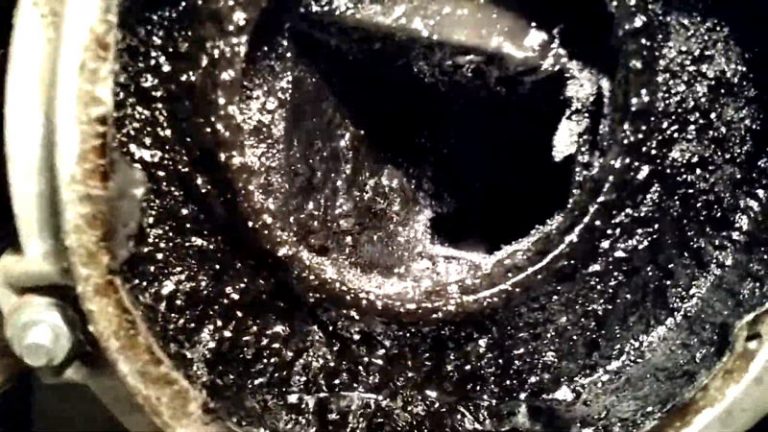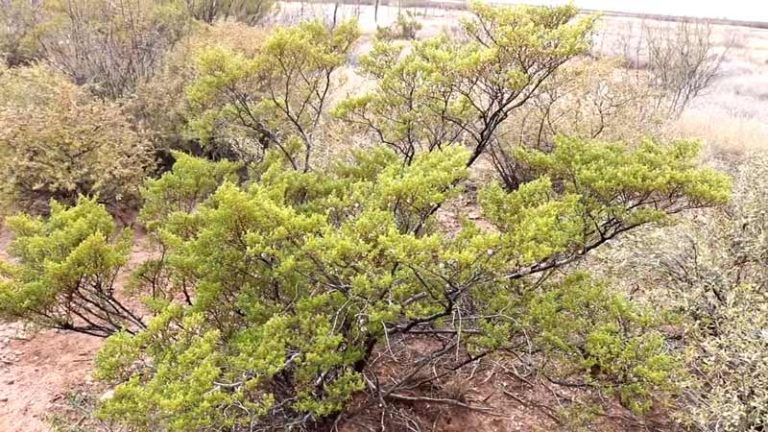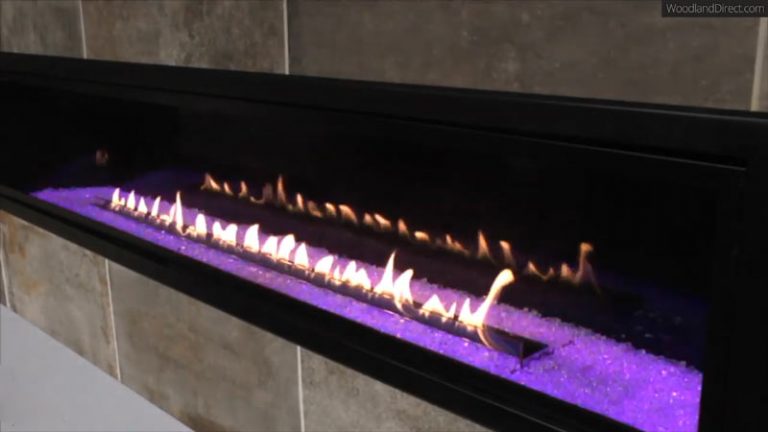Can You Close The Damper When Pilot Is On Gas Fireplace

If you’re unsure whether or not to close your fireplace damper, wait until the fire is out. Keep your chimneys clear of debris and wildfire hazards in dry weather conditions.
Don’t use an open fire when it’s cold outside–it could start a dangerous blaze. Check for smoke from your chimney on occasion. If there’s none, be sure to clean up any potential messes before returning to blazing fires indoors.
You'll Learn About
Can You Close The Damper When Pilot Is On Gas Fireplace?
Make sure you open your fireplace damper when the fire is out to avoid potential hazards. Keep your chimneys clear so smoke and ash don’t accumulate and cause a fire hazard.
Avoid using open fires in dry conditions as they can be risky, especially if there are wind gusts or low humidity levels. Checking for leaks before any major weather changes is always a good idea to ensure your home remains safe during these times of change.
Don’t Close a Fireplace Damper Until the Fire is Out
You shouldn’t close the damper of the fireplace. When you close the damper you cause a vacuum which draws air into the combustion chamber. This is a big no-no.
In the process of combustion, the air and fuel mix together and are burned. This will cause the air to fill up the combustion chamber. This is not good. It causes the engine to run lean. Lean means that the combustion is incomplete. When the combustion is not complete, the engine burns a lot of fuel and emits a lot of carbon monoxide.
If you have any questions about how to operate your gas fireplace, don’t hesitate to ask an expert- they can help make sure everything is safe for you and your home.
Harmful for Family
It is dangerous for pets and children around the house. As with any fireplace, it is always best to keep it open while the pilot is on.
Keep Your Chimneys Clear
Keep your chimneys clear to prevent a buildup of heat and smoke in the home. Close the damper when the pilot is on the gas fireplace to reduce flue emissions and improve air quality.
Clean the firebox regularly to remove soot, ash, and other debris that can obstruct airflow. Check for cracks or leaks around draft hoods, registers and other parts of your fireplace system Clear all ashes from the fireplace before use.
Avoid using Open Fires in Dry Conditions
Open fires are not the best choice for use in dry conditions, as they can easily start a fire. Pilot lights on gas and wood open fires help to regulate heat, but when the pilot is off, these fires can be very dangerous.
Make sure your fireplace has been properly installed and that it’s well-maintained by a professional before using it in dry conditions. If you must use an open fire during periods of low humidity or drought, make sure to close the damper when the pilot is on so that flames don’t spread easily.
Properly venting an open flame will also help keep air flowing around the fire and avoid the buildup of smoke.
Can I close damper with pilot light on?
Always open the damper on your fireplace to allow air in, even if you have a pilot light burning. The gas logs will not stay lit without oxygen, and the pilot light helps prevent them from going out altogether.
Closing the damper with a pilot light still on will keep the fire burning; turn off the light when you’re done using it.
Does the damper have to be open on a gas fireplace?
It depends on your particular gas fireplace. Some models have an automatic damper that opens and closes as the fire burns, while others require you to open the damper yourself.
- If you have a gas fireplace, the damper must always be open for proper operation. This is because if the damper is closed, heat and cold can build up in your home. Additionally, if power to your fireplace goes out, close the damper immediately to prevent any further damage from occurring.
- It’s also important to keep in mind that leaving the door of a gas fireplace open allows cold or heat from entering your home. Doing this could lead to problems such as frozen pipes or overheated interior space.
- It’s important to note that if you lose power to your gas fireplace, close the door right away so that no heat or fire escapes into the surrounding area.
When can you close the damper on a fireplace?
Always open the damper before lighting a fire in order to allow air into the fireplace and prevent it from becoming too hot. Close the damper once the fire is done burning in order to avoid any excess heat and smoke coming out of the fireplace.
Keep an eye on the chimney for signs that it’s getting overheated, as this will indicate that it’s time to close the damper. Don’t leave your house with doors and windows open if there is a risk of wind or rain entering – this could cause damage to your property.
Remember: always let someone know when you’re leaving so they can properly close up your home after you’ve gone.
Is it OK to leave the pilot on a gas fireplace?
If your fireplace is equipped with a continuous pilot light, it’s generally safe to leave the light on. Leaving a continuous pilot light on can save you money over time continuous pilots can help prevent accidents in the home.
Keeping your fireplace running costs less over time if properly maintained minor damage may occur when leaving a continuous pilot lit. You might also fetch the pilot light problems.
How soon can you close the flue on a gas fireplace?
If you have a gas fireplace, it’s important to keep the flue open so that the fire can burn freely. You can close the flue by turning a knob on the side of the fireplace.
- Never close the flue on a gas fireplace when in operation – this could cause dangerous carbon monoxide levels to build up.
- If the fireplace is not operational but the pilot light is lit, do not close the flue – this will allow heat and air to enter the fireplace, which could start a fire.
- If you have a gas log fireplace and would like to stop its burning efficiency, open your chimney damper – this will reduce airflow into the logs and prevent them from burning too quickly.
How do I keep cold air from coming in my gas fireplace?
One way to keep cold air from coming into your gas fireplace is to close the damper on the front of the unit. This will stop any drafts from entering and help keep the fire burning properly.
Install Magnetic Fireplace Vent Cover
A good way to prevent cold air from coming into your gas fireplace is to install a magnetic fireplace vent cover. This type of cover uses magnets to hold it in place, so you don’t have to worry about it moving or becoming lost over time.
Install Direct Vent Fireplace Termination Cap Cover
Another way to keep the cold air out of your gas fireplace is by installing a direct vent fire termination cap cover. This type of covering screws onto the top of your gas fireplace and seals off all the openings that allow cold air inside.
Should damper be open or closed with gas logs?
Always fully open the damper to maximize heat gain and keep burning embers burned out until all are gone and turn off the flames. A closing damper as far as possible to minimize smoke & heat loss allows ample ventilation when using gas logs to prevent the buildup of CO2 or other noxious fumes.
How do you use a damper on a gas fireplace?
To open the damper on a gas fireplace, open it by lifting the handle. To close the damper, push or pull it to your desired position. If you want to move the damper closer to the fire, lift and hold down the handle while pushing or pulling it towards you. When finished, release the handle.
Why does my gas fireplace have a damper?
A damper is integrated into the chimney of a gas fireplace to allow waste air to escape and keep the fireplace clean. The purpose of a damper is to prevent flying sparks from igniting your house and prevent soot and ash build-up on the inside of the chimney.
By keeping the fireplace clean, you’ll also avoid having to deal with any pesky smoke or fire hazards.
How much should the fireplace damper be open?
If you want to enjoy a warm fire in your fireplace, you’ll need to open the damper. This control allows air into the hearth and helps heat up the wood.
However, if the damper is too open, it will allow too much air into the room and cause excessive heat and smoke.
Open The Damper When Lighting A Fire
When you start a fire, it is important to open the damper so that the fireplace will get fully heated up. This will help ensure a consistent and burning fire all night long.
Close The Damper When Not In Use
It is usually best practice to close the damper when you are not using the fireplace. This way, your home won’t be filled with smoke and fumes during these times.
Operate The Fireplace With The Damper Fully Open
Opening and closing of the damper can affect how much air gets into or out of the chimney, which can cause problems with heat distribution in your home’s interior spaces like ceilings and walls.
To Recap
Due to the working mechanism of a ventless gas fireplace, pilot lights are important. But, you shouldn’t close the damper when the pilot is on the gas fireplace. It can cause carbon monoxide buildup in your home and cause harm.




